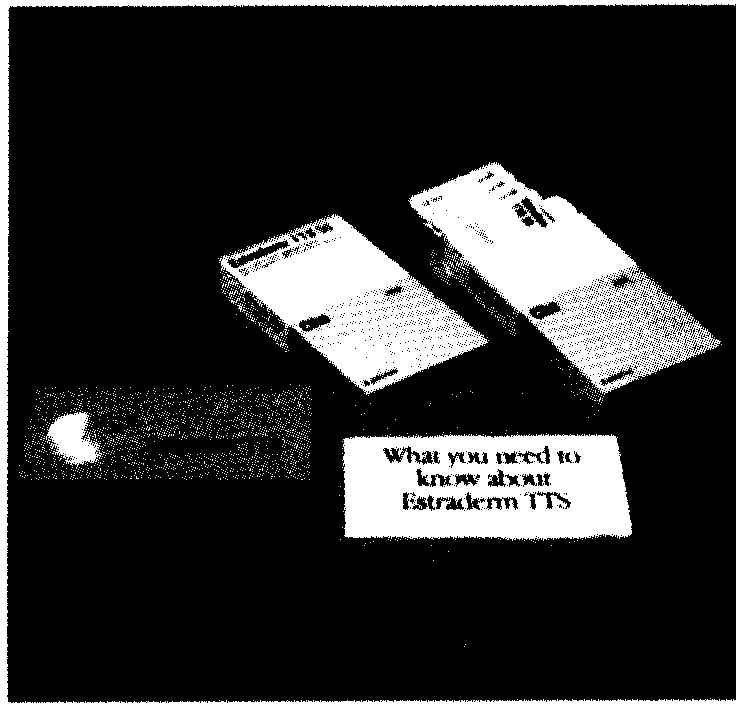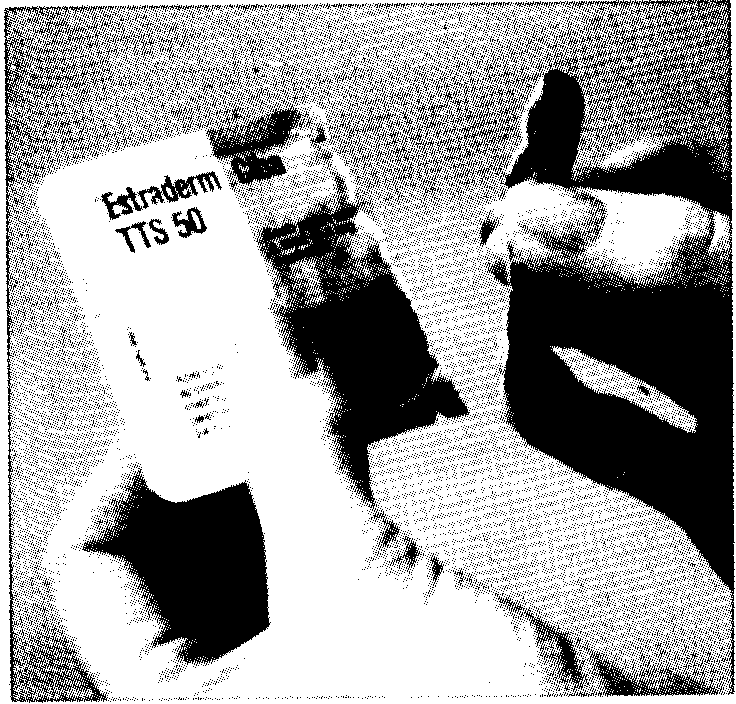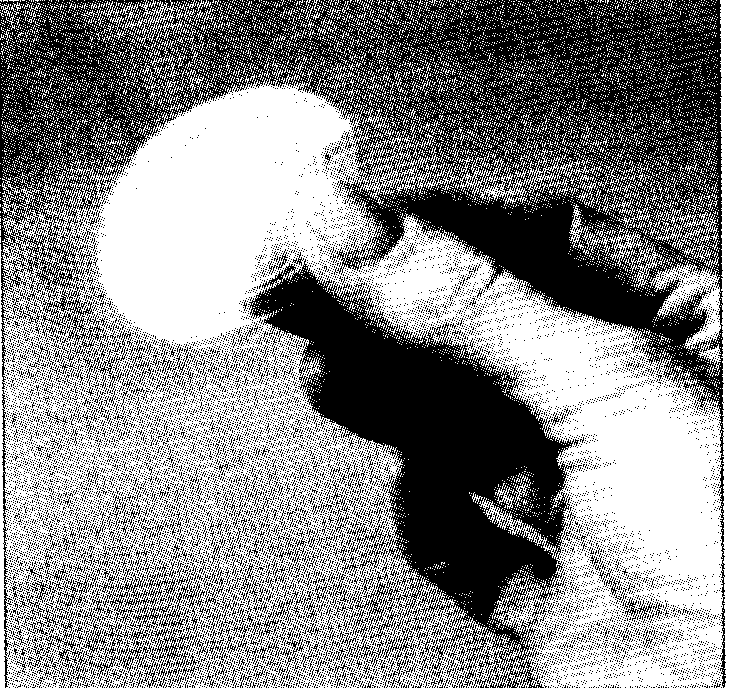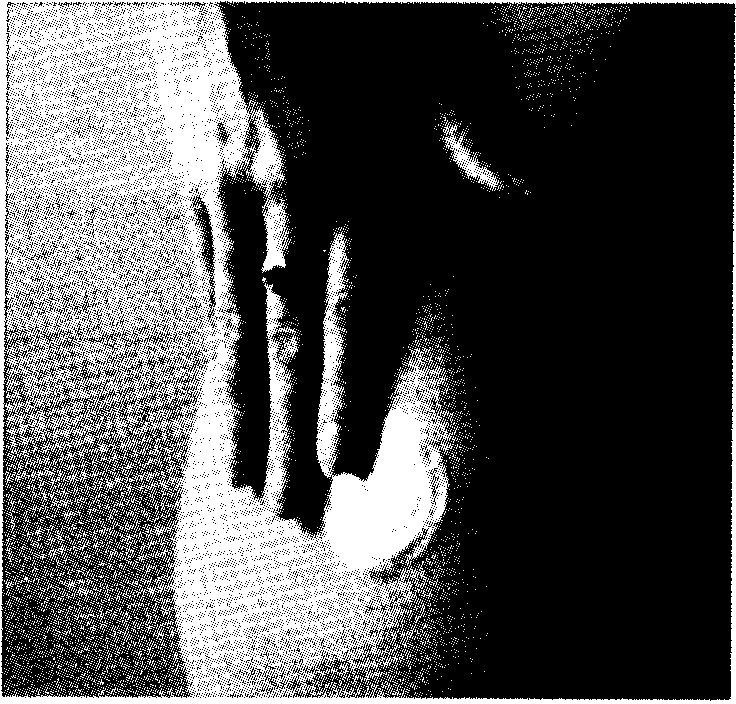- Instructions for using these patches are given in this leaflet. Please follow them carefully.
- Estraderm TTS is NOT a contraceptive. If you need advice about family planning talk to your doctor.
- These patches may cause unwanted effects in some people. You can find information about them in this leaflet. (Look in the
section called 'After using your
patches').
- Keep your patches in a cool place, out of the reach of children. When you take off a patch, fold it in half with the sticky side inwards and throw it away carefully. Even used patches will contain some active medication so make sure that your patches are always kept well away from children.

- Before using your patches
- Are you being treated for a thrombosis (blood clot) of any kind?
- Do you have any liver, kidney or heart disease?
- Have you ever had treatment for a breast lump, or any serious disease of your womb?
- Have you had any bleeding between periods or since your last period, if your periods have stopped?
- Is there any chance that you may be pregnant?
If the answer to any of these questions is YES, talk to your doctor or pharmacist before using your patches.
- Have you ever suffered from hearing loss during pregnancy or when taking oestrogens, for example, oral contraceptives?
- Do you suffer from epilepsy (fits) or migraine?
If the answer to either of these questions is YES, tell your doctor or pharmacist.
Most women using Estraderm will have had a hysterectomy (an


